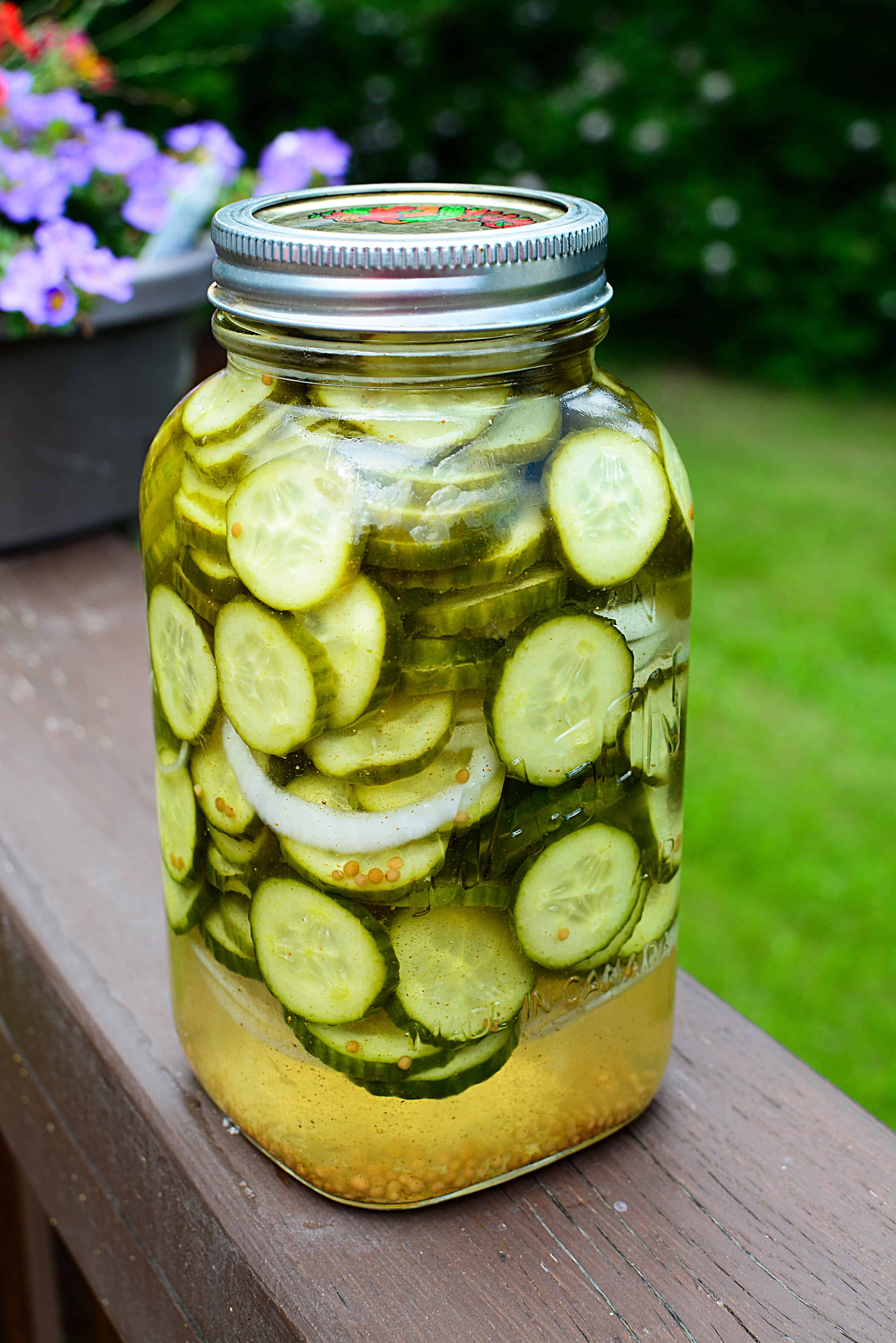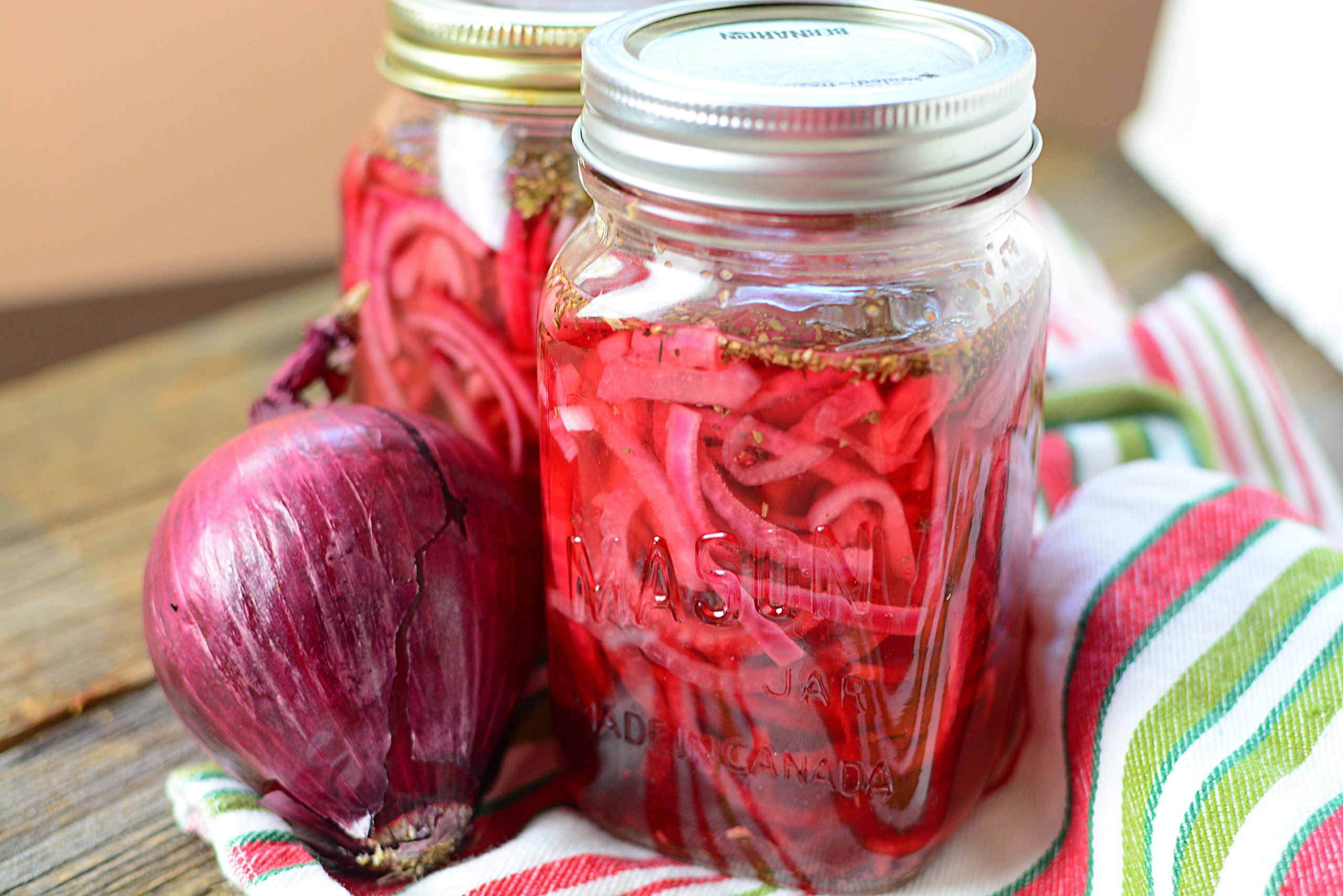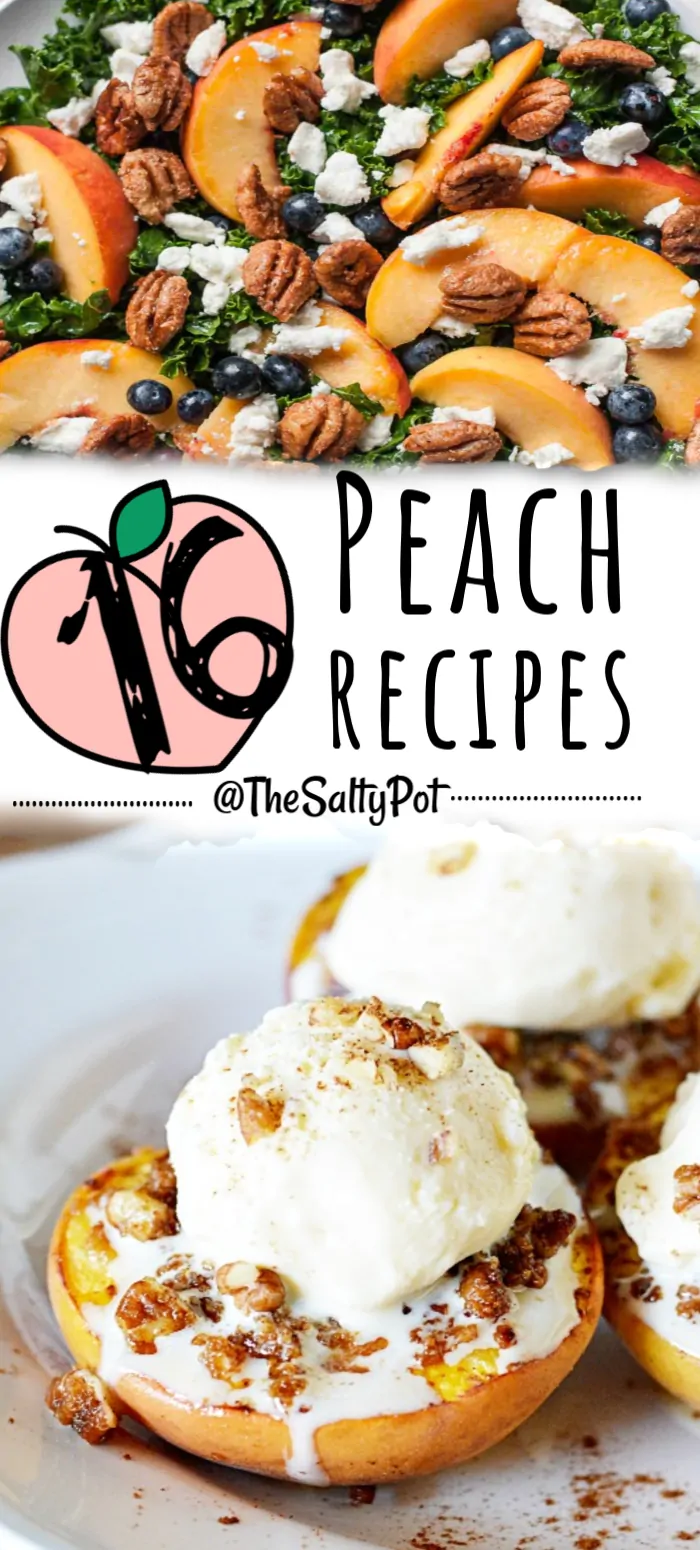Making Classic Lemon Curd
Tart and sweet, lemon curd has been made for centuries. Eaten on its own or incorporated into recipes, this pudding-like fruity spread screams summer in the most delicious way!
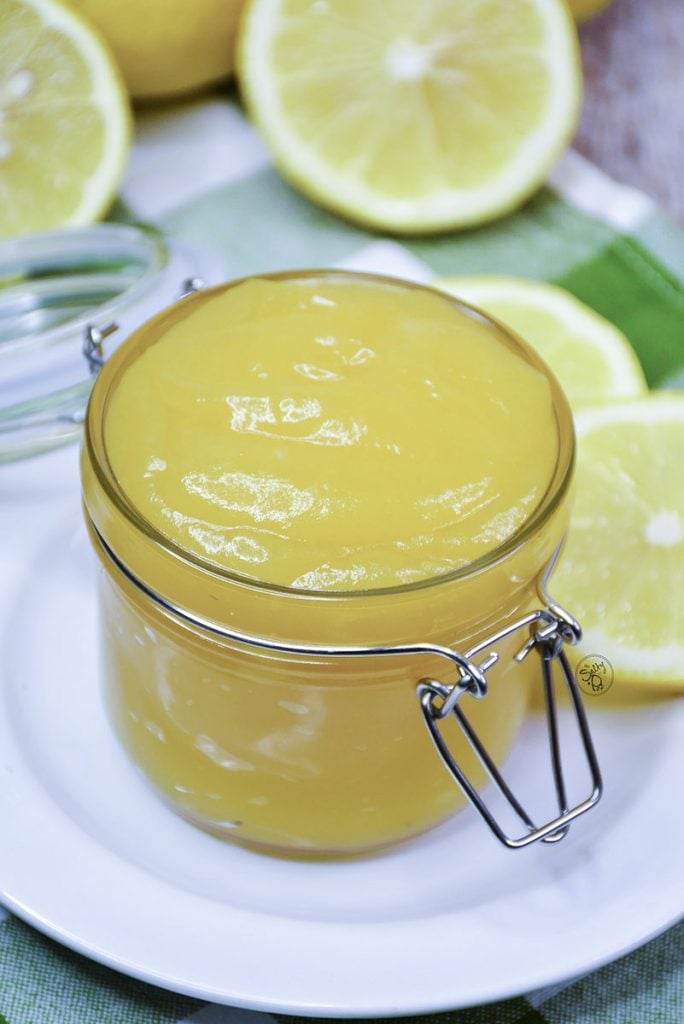
Lemon curd = A deceptively delicious way to use up those lemons!
CLASSIC LEMON CURD
Lemon curd is a classic spread made from fresh lemons. If you have a lemon tree, or simply crave that deliciously tart flavor, you should try making this homemade Lemon Curd recipe.
Yes, we can always get a store-bought spread, but nothing beats the sweet lemony flavors of a homemade spread. It’s usually richer in flavor, and you can control the amount of sweetness that you prefer.
It’s perfect for fillings and toppings (like on these yummy Blueberry Biscuits from One Sweet Appetite!) or maybe even just to dollop into the center of your homemade cookies. You really got to try this one out. Plus, it’s very easy to make!
Lemon Nutrition
Did you know that lemons are really nutritious? Not only are they the perfect flavor addition for salad dressings, drinks, and desserts… they’re also filled with vitamin C, fiber, and other vitamins. Their low ph (surprisingly!) aids in proper digestion and helps prevent kidney stones.
I mean what’s better than having a combo of sweet treats and nutrition all on the same dessert, right?
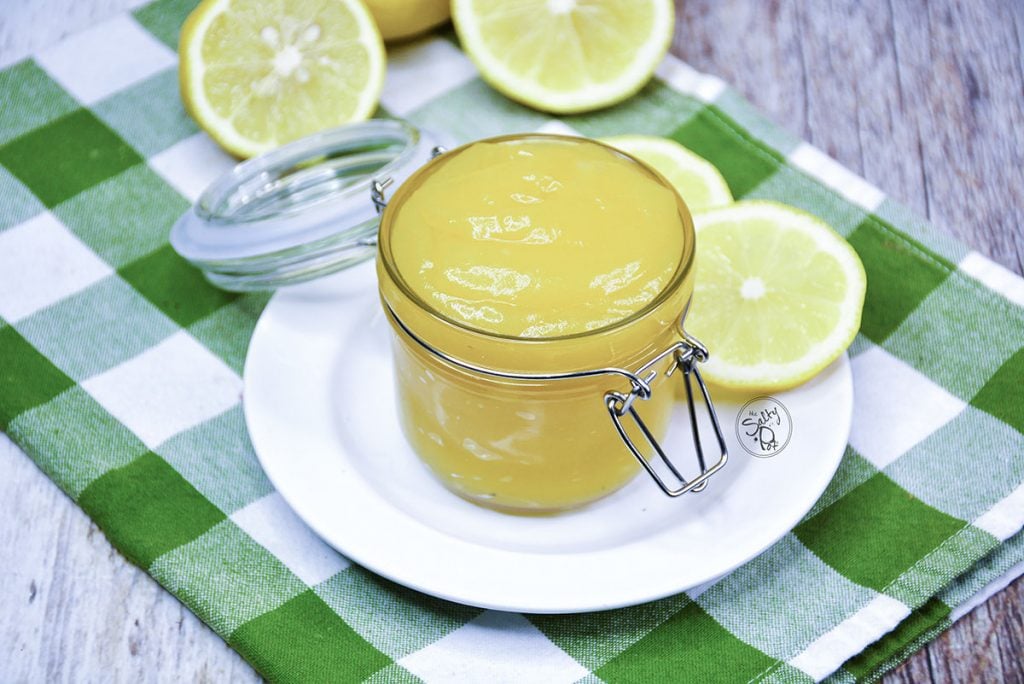
The Lemon Season
Though lemons are likely ripe and picked almost any time of the year around the world, their heaviest production are in the months of July through December but some varieties also can be picked from November to March.
So, if you’re around that time of the year, it’s so much better to take advantage of that lemon bounty season.
KITCHEN QUESTIONS and TIPS:
Can I freeze Lemon Curd?
YES! Freezing is a perfect way of preserving the lemon curd and it can be good for up to 1 year without any texture changes as long as it is stored properly in a seal-tight container. You can thaw it

How Do I Thaw it?
To thaw lemon curd, just move the container from the freezer to a refrigerator for it to defrost. After it is thawed, store it in the refrigerator in a covered container and consume it within 4 weeks. You can leave it overnight and or for several hours and serve. Make sure to stir it gently to bring it back to its original consistency.
Can Lemon Curd be Made Vegan?
YES! There’s no reason to be left out from enjoying the sweet, tart, smooth and creamy lemon curd. You will use an arrowroot starch for the thickening agent, and for that creamy texture, coconut cream takes that role. You can see a fantastic recipe from The Minimalist Baker for a vegan recipe.

Can I Make Classic Lemon Curd Keto?
Absolutely. You’ll want to use all the same ingredients except your sweetener. I recommend using a powdered sweetener of your choice only for easy incorporation. If you only have a granular sweetener, try dissolving the sweetener in the lemon juice before starting the recipe.
Tips:
– You can use a sugar substitute such as honey instead of pure sugar and it won’t affect the texture.
– Use the freshest eggs you can to ensure a nice thick curd.
– Rolling room temperature lemons on the countertop before cutting them helps get as much juice as possible from the fruit!
– Zest the fruit BEFORE juicing. It’s much more difficult to try and zest lemons after the fruit has been opened/cut and juiced.
Well, I hope you love this delicious recipe for classic lemon curd. If you try it, please leave me a comment below with a ***STAR RATING*** or send me an email to Joanne@thesaltypot.com
Thanks for stopping by The Salty Pot today, and I hope you have a wonderful day!
~Joanne
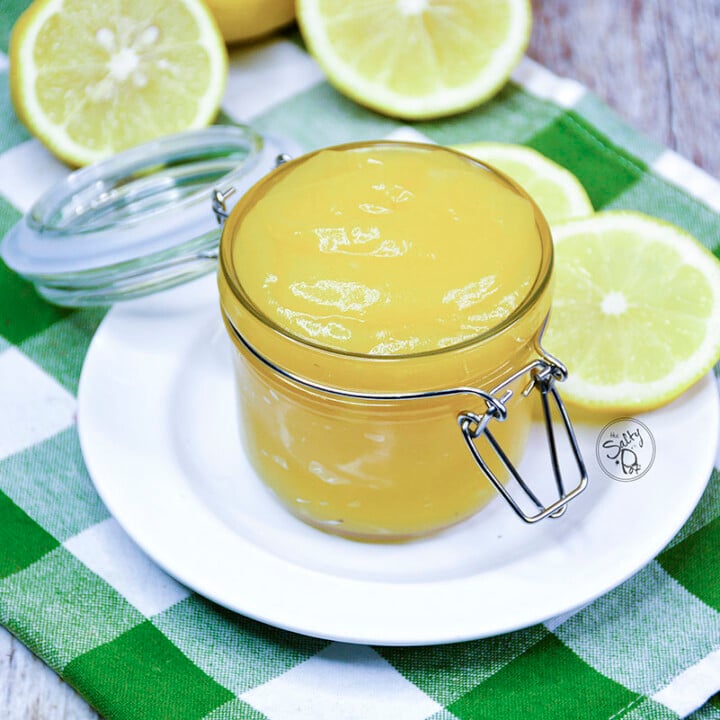
Classic Lemon Curd
This classic lemon curd recipe is a zingy winner! The condiment is perfect on toast, as a topping on your morning oatmeal, or your center jam to thumbprint cookies. The possibilities are endless.
Ingredients
- 1 C Sugar
- 4 Large Lemons, zested and juiced
- 1/2c Butter, unsalted, softened
- 4 Large Eggs
- 1 Large Egg Yolks
- 3/4 C Fresh Squeezed Lemon Juice (from above lemons, see notes)
Instructions
1. Cream together the sugar, butter, and lemon zest until well combined and creamy.
2. Slowly, beat in one egg at a time (including the last egg yolk).
3. Add the lemon juice and incorporate until it's smooth.
4. Transfer to a pot and slowly begin to heat the mixture over medium heat. Bring to a simmer, constantly stirring so it doesn't scorch on the bottom.
5. Within 10 - 15 minutes or so, the curd should start to thicken and become the consistency of pudding.
6. Remove off the heat. You can leave it as is, but I like to strain the mixture to ensure extra smoothness.
7. Transfer the curd into clean, empty jars and let cool before placing them in the fridge. The mixture will set up a bit more as it gets cooler.
8. Enjoy!
Notes
If the lemons you use don't yield enough juice to make the 3/4 cup, then you can add a bit of the bottled lemon juice to make up the difference, or simply add another fresh lemon to the recipe if you prefer.
For storage containers, you can split this curd into batches, storing in 3x6 ounce jars, or 6x3 ounce jars. You can also use what you have on hand, and if you're going to freeze the curd, just be sure that the container you're using is freezer-friendly.
- You can use a sugar substitute such as honey instead of pure sugar and it won't affect the texture.
- Use the freshest eggs you can to ensure a nice thick curd.
- Rolling room temperature lemons on the countertop before cutting them helps get as much juice as possible from the fruit!
- Zest the fruit BEFORE juicing. It's much more difficult to try and zest lemons after the fruit has been opened/cut and juiced.
Nutrition Information:
Yield: 18 Serving Size: 2 TablespoonsAmount Per Serving: Calories: 119Total Fat: 7gSaturated Fat: 4gTrans Fat: 0gUnsaturated Fat: 3gCholesterol: 75mgSodium: 21mgCarbohydrates: 14gFiber: 1gSugar: 12gProtein: 2g
All nutritional information is based on third-party calculations and is only an estimate. Each recipe and nutritional value will vary depending on the brands you use, measuring methods, and portion sizes per household.

